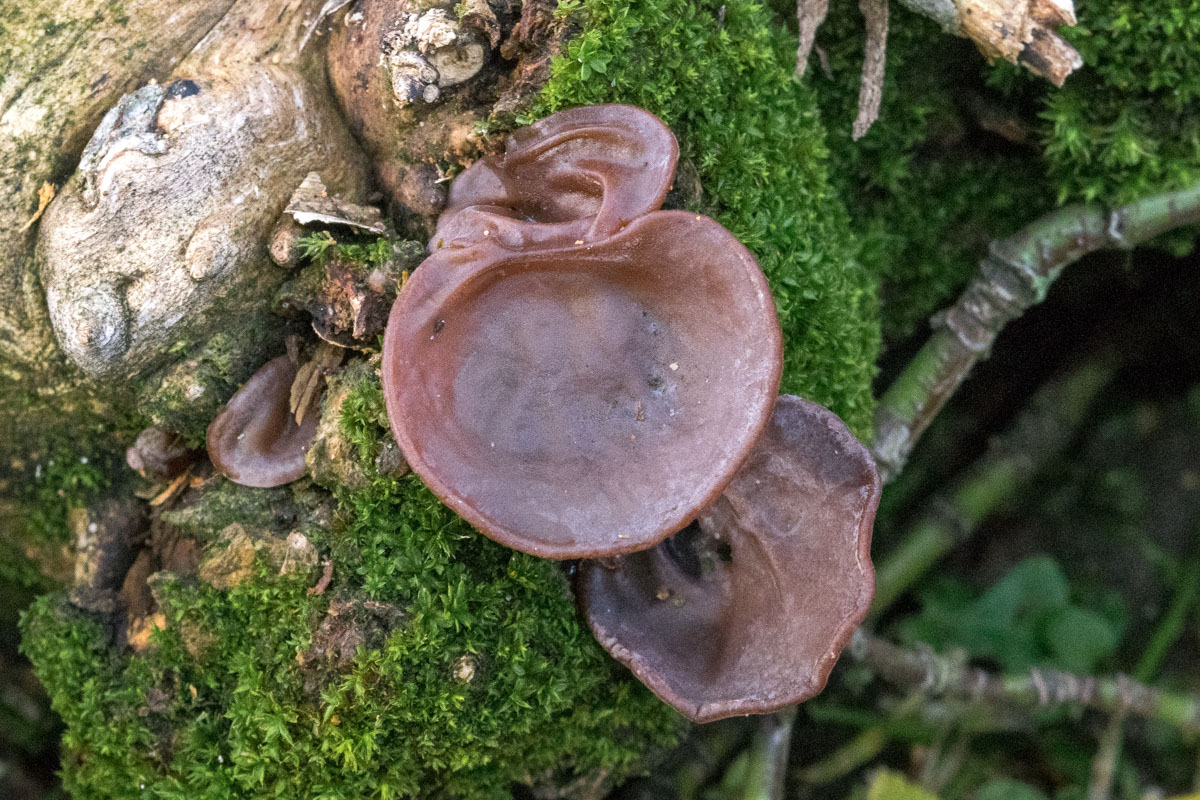

Gluten content also decreased with the increased concentration of LRF, hence suggested weaker gluten network, which was further confirmed by scanning electron microscopic images (SEMIs) of biscuits dough. The addition of lotus root flour (LRF) resulted in a significant increase (P ≤ 0.05) in water absorption (57.51–72.40%) and dough stability time (7.38–13.10 min), while breakdown (802–554cP) and, setback viscosities (1154–900cP) decreased.


Functional properties, dough rheology, pasting profile, the microstructure of dough, antioxidant activities, physical, nutritional and sensorial properties of the samples were investigated. In the present study, an effort was made to incorporate lotus (Nelumbo nucifera) as a fat mimetic for the development of functional biscuits. The use of Auricularia auricula extract in probiotic yogurt improved the viability of probiotics and increased the antioxidant activity and total phenolic content. In conclusion, the results of this study showed that addition of AAE improved probiotic protection and functional properties of the yogurt recommending its application in symbiotic yogurt. Addition of AAE to the yogurt significantly decreased sensorial acceptance while increased syneresis compared to the control group (p <. Moreover, 0.1% concentration of AAE drastically increased antioxidant activity and total phenolic content to 115.30 mg BHT eq./kg and 1,057.6 mg Gallic acid/kg after 28 days, respectively. bifidum Bb‐12 about 0.43 and 0.51 log CFU/g, respectively. However, AAE in 0.1% concentration enhanced the survival of L. bifidum Bb‐12 about 0.35 and 0.58 log CFU/g, respectively.

The use of 0.05% of AAE improved the survival of L. The effect of Auricularia auricula aqueous extract (AAE) on the survival of Lactobacillus acidophilus La‐5 and Bifidobacterium bifidum Bb‐12, and on chemical and sensory properties of yogurt was investigated during 28 days of storage at 4☌. This review will discuss about ROS, their harmful effect on biological systems and antioxidant property as well as comparative antioxidant activity of mushrooms with special attention on some popular edible and medicinal ones. Austreus hygrometricus, Fistulina hepatica, Phellinus linteus, Pleorotus squarrosulus, Polyporus grammocephalus, Macrocybe gigantea show higher antioxidant potential. The higher antioxidant activity is reflected by lower EC 50 value. Polysaccharides are also important biologically active ingredients. The main bioactive components of mushroom are phenolic compounds (phenolic acid and flavonoids), tocopherols, ascorbic acid, carotenoids. Mushrooms have been part of the normal human diet for thousands of years and in recent times, the amounts consumed have risen greatly involving a large number of species. Therefore, antioxidant supplements or natural products containing antioxidants may be used to reduce oxidative damage to the human body. Although almost all organisms are equipped with antioxidant defence systems, which are often inadequate to completely prevent oxidation stress-induced damage. Reactive oxygen species (ROS) are induced by various endogenous and exogenous sources.


 0 kommentar(er)
0 kommentar(er)
